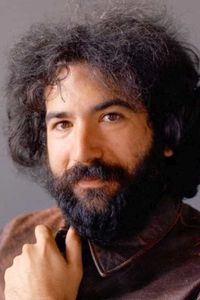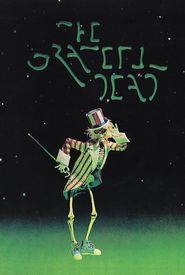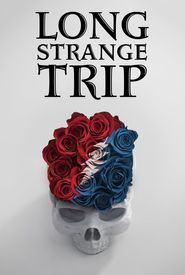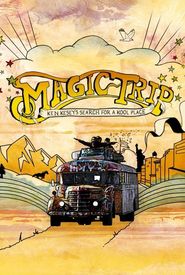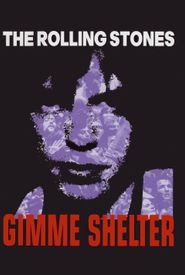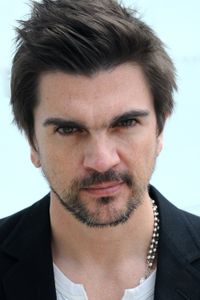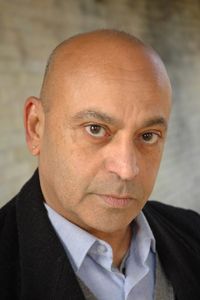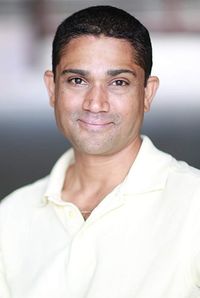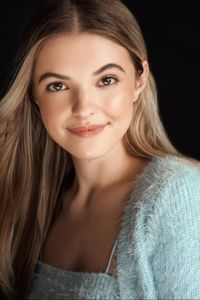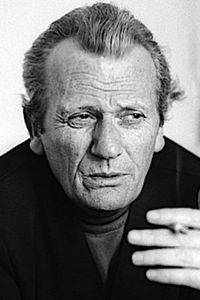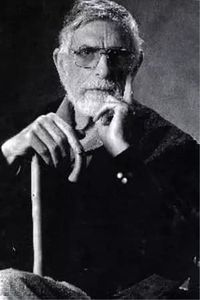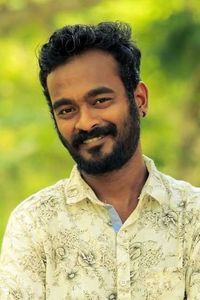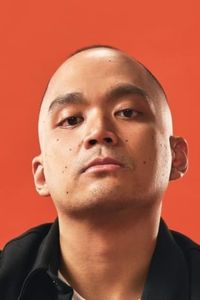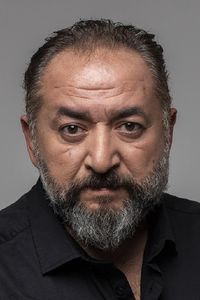Here is Jerry Garcia's biography:
Jerry Garcia was born on August 1, 1942, in San Francisco, California, to a registered nurse mother and a small-time jazz musician father, Jose. Garcia had a troubled childhood, losing the middle finger of his right hand in a woodcutting accident with his older brother, Tiff, and witnessing his father's drowning in a river during a fishing accident.
As a teenager, Garcia developed a passion for art and music, listening to jazz and country music on the radio. He got his first guitar at the age of 15 and began learning the basics to play along with rock and roll hits. His favorite guitarist was Chuck Berry.
After high school, Garcia drifted for a while, getting into a few scrapes, before joining the army. However, it didn't suit him, and he was discharged after collecting 8 AWOLs and a number of other courts-martial.
While in the army, Garcia began playing acoustic guitar and learning the craft of finger picking and folk style guitar. Upon leaving the army in 1960, he returned home and continued his art studies by taking lessons at college.
Garcia got into the beat and coffeehouse scene, which introduced him to many other like-minded artistic dropouts, including a young poet named Robert Hunter, who would later become his songwriter partner. He studied and practiced guitar nearly every waking hour and, a year or so later, picked up a 5-string banjo and began learning the art of Bluegrass music.
Between 1960 and 1964, Garcia played in many different folk and Bluegrass acts, playing banjo or acoustic guitar. He was by now a very serious musician, spending a lot of his time playing and practicing with whoever was around at that time.
In 1965, he formed an electric blues-rock band called the "Warlocks," with himself as the lead guitarist. A few months later, they changed their name to the "Grateful Dead." The original lineup was Garcia, Bob Weir, Phil Lesh, Ron McKernan (Pigpen),and Bill Kreutzmann.
The Grateful Dead gained a reputation for playing long, improvised jazz-inspired folk-rock music and became one of the most popular live bands around. Garcia became the main songwriter within the group as his partnership with Robert Hunter matured over time and he led them through many musical changes throughout their long career.
Over the next 30 years, the Dead went through many musical and personal changes, but they grew in popularity and became the most popular live band in history, playing in some of the most legendary concerts of all time, including Monterey Pop, Woodstock, and Watkins Glen.
Despite being well known for their live shows, the Dead were also a sublime band in the studio, often overlooked because of their lack of hit singles. The band recorded 13 studio albums, ranging from straight-ahead rock and pop influences to blues, folk, jazz, country, electronic, and progressive experimentation.
Garcia also had a deep interest in film, briefly studying filmmaking at college in the early 60s. His first work of note in feature films came in 1970 when he worked on the soundtrack for the movie Zabriskie Point, where he performed the improvised instrumental guitar piece known in the movie as "Love Scene."
In 1974, he began a film project that lasted a number of years, mixing animation and real concert footage. The Grateful Dead (1977) was co-directed by Garcia. Other concert and semi-concert videos followed, including Dead Ahead (1981) and So Far (1987).
Despite being consumed with 30 years with the Grateful Dead, Jerry also found time to have a whole musical career away from the Dead. He began playing in jam sessions and doing session work with other artists in the late 60s. He began playing pedal steel guitar and formed the country-rock group the "New Riders of the Purple Sage" with John Dawson in 1969.
Garcia released his first of five solo albums, Garcia (1972),in which he played every instrument except drums. He also formed the Jerry Garcia Band, which gave him a chance to perform many other songs and styles of music outside of the Dead.
In 1973, he formed a bluegrass band called "Old and In the Way," in which he played banjo. The group was short-lived, but the record that was later released went on to become the biggest-selling bluegrass album of all time.
The Dead and the scene they came out of were legendary for drug taking, and Jerry was no exception. By the mid-70s, he had gotten into hard drugs, including cocaine and heroin. By the mid-80s, it had slowed down his creative process, and he was by now a very heavy user, suffering many health problems.
In 1990, he reconnected with old friend and former "Old and In the Way" bandmate David Grisman. Grisman was by now a musical giant and
